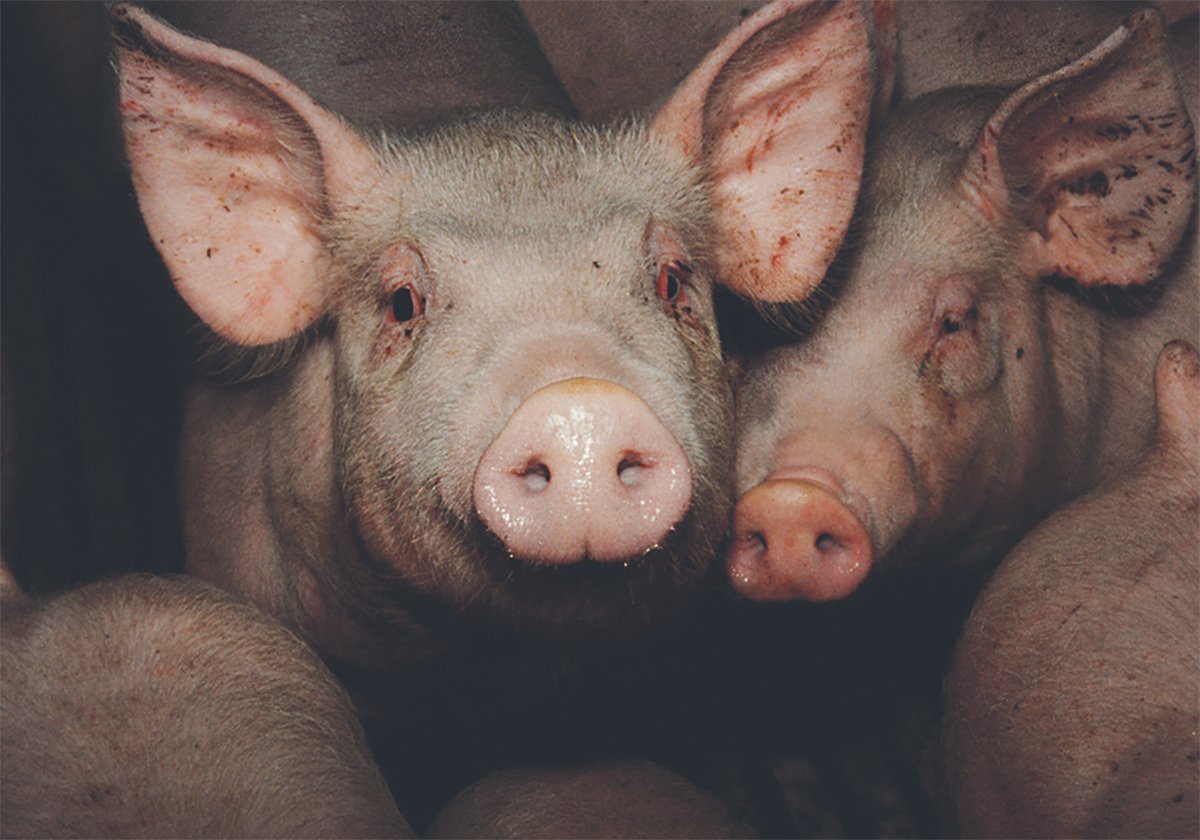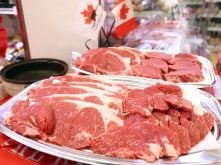Bryce Fisher adopted a new approach to marketing dairy cattle: an open house.
Rather than auctioning the animals or selling each on its own, Fisher invited clients to tour his R and F Livestock facilities at Osler, Sask. He then invited his guests to bid.
“I’ve never seen anyone market them this way, but I thought it was worth a shot and it might inspire some sales with some new buyers,” said Fisher about the April 25 sale.
At the sale, producers could inspect the cattle and buy them from a pre-priced catalogue where most of the animals, calves to four-year-olds, were priced between $1,500 and $5,000.
Read Also

The Western Producer Livestock Report – October 30, 2025
Western Producer Livestock Report for October 30, 2025. See U.S. & Canadian hog prices, Canadian bison & lamb market data and sales insights.
Until BSE closed international borders to Canadian cattle exports, Fisher was one of Western Canada’s busiest dairy animal marketers.
“Not moving 10,000 head (abroad) a year was difficult to adapt to, but you find a way to keep marketing, like this open house. You find homes for your genetics and good genetics always find a home.”
Fisher said prices fell because of the border closure, but have partially recovered.
As a producer who has owned and bred some of Canada’s most decorated dairy cows, including JBob Laron Macy, grand champion of the British Columbia 2007 Spring Dairy Show, Fisher said he didn’t intend to sell his best cows at the event, but hoped embryo customers would take the opportunity to see the dams that provided their calves.
He sold about 100 of the 200 cattle he listed.
“If I sold all 200, it would be a dispersal, not a production sale,” he said. “When we resume trade with the U.S., the business will change again.”
John Walker of Aylmer, Ont., is a Holstein breeder and Canada’s leading dairy cattle exporter. He flew out for the R and F sale.
“He has some great stock and I wanted to see how this format (of sale) might work,” said Walker.
He said after the closure of the U.S. border and effectively Mexico as well, there was a sudden oversupply of Canadian cattle.
“As an industry it’s been hard and this caused a lot of culling. But as a result the Canadian herd now is the highest quality in history,” he said.
Walker supplied Holsteins to the recent 2,000 head, live beef and dairy animal sale to Russia.
Fisher and Walker said they expect a strong demand for Canadian genetics, but it will take time to rebuild the export industry due to short supplies of cattle.
The sale has the potential to become a marketing fixture for R and F, said Fisher.
“This has been fun, lots of time to talk to clients, very relaxed. A good way to do business,” he said.














